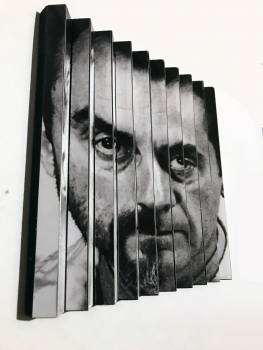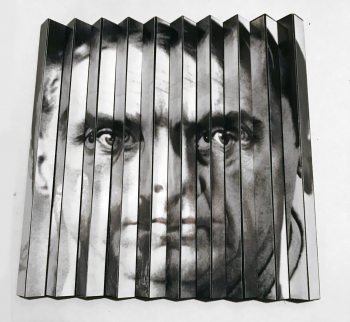The concept underlying lenticular technology has roots dating back centuries. Just how far back?
Yet, a primitive form of image alteration, distinct from the lenticular technology we recognize today. In this ancient yet effective "technology," an accordion-like arrangement of triangular shapes was fashioned and affixed to a wall. On one side of the triangle, they applied image A, and on the opposite side, image B. The physical triangles themselves served as barriers, obstructing the view of the image on the alternate side. As a passerby traversed past the accordion fold, a point was reached where the side featuring image B became visible, while image A remained concealed. Thus emerged an image that seamlessly transitioned from A to B with changes in the observer's viewing angle. This display was dubbed a "Tabula Scalata," marking the inception of the flip image.








![http://dojo.electrickettle.fr/files/gimgs/th-345_MatthieuBourel_Threesome-Tercet_Details (1) ].jpg](http://dojo.electrickettle.fr/files/gimgs/th-345_MatthieuBourel_Threesome-Tercet_Details (1) ].jpg)

